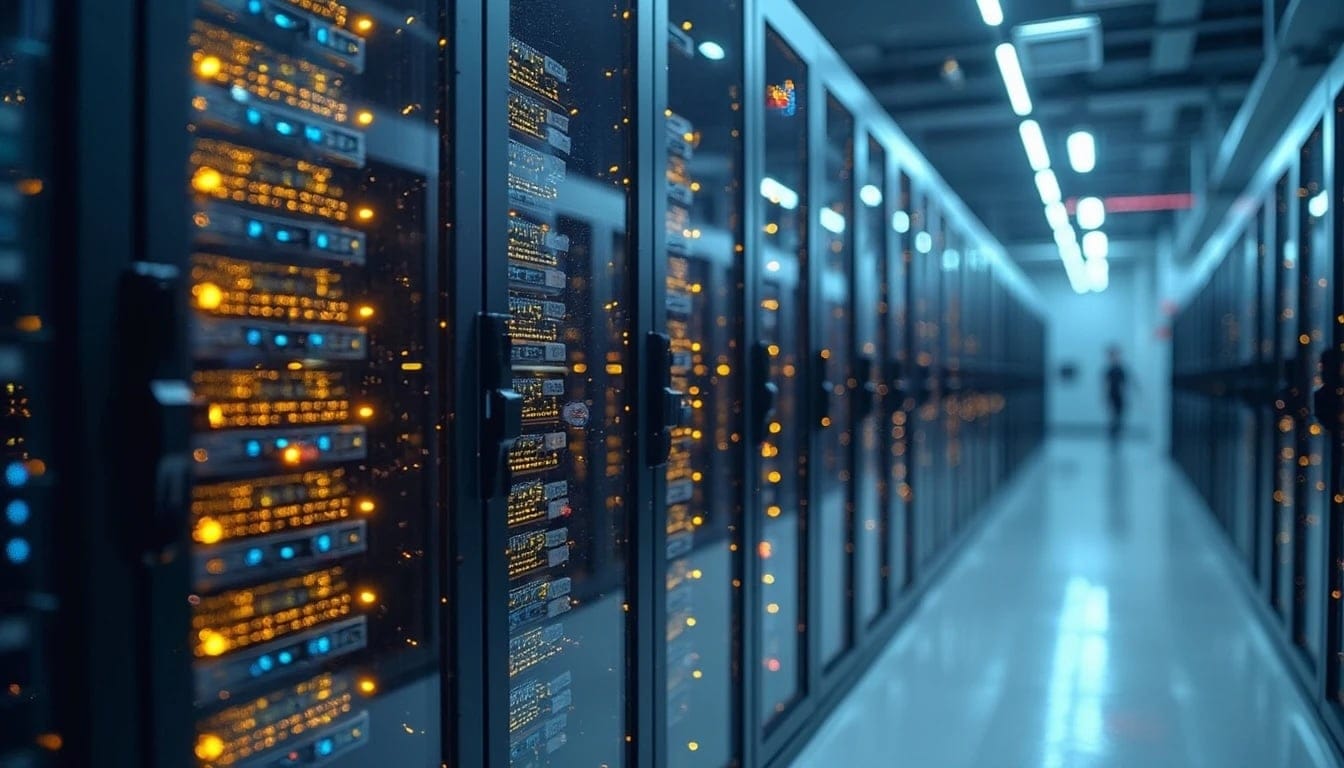Redundancy in the design of a data center is essential to ensure continuous availability and service resilience. Implementing redundancy strategies allows to minimize the risk of failures and maintain operation even in unforeseen circumstances. Below are the main areas where redundancy should be considered in a data centerA data center, or data processing center (DPC)…:
1. Power Supply Redundancy
Redundancy in power supply is crucial to ensure that the data center continues to operate during power outages or electrical system failures. This is achieved by implementing uninterruptible power supply (UPS) systems and backup generators. Data centers often adopt N+1 or 2N configurations to ensure there are enough backup equipment in case of main failures.
2. Cooling Redundancy
Maintaining an optimal temperature is crucial for the operation of equipment in a data center. Redundancy in cooling systems involves having additional air conditioning units that can take over the load in case of main system failures. N+1 configurations are common, where at least one additional unit is available to handle the thermal load in case a main unit fails.
3. Network Redundancy
Network redundancy ensures that network connections remain operational even if there are failures in network equipment or communication links. This is achieved by using multiple connection routes, redundant switches, and routing protocols that allow for a smooth transition between the different available paths. Configurations like mesh topology or the use of dual fiber-optic links are common practices.
4. Storage Redundancy
Data storage redundancy is essential to protect against data loss. It is implemented through techniques such as data replication and the use of RAID arrays (Redundant Array of Independent Disks). Replication can be synchronous or asynchronous, and it is done both locally and at remote backup sites to ensure continuous data availability.
5. Server Redundancy
To ensure high service availability, it is crucial to implement redundancy in servers. This is done by configuring server clusters, where multiple servers work together to provide the same service. In case of server failure, other servers in the cluster can automatically take over the load without interrupting the service.
Expert Comment
David Carrero, co-founder of Stackscale (Aire Group), a leading company in cloud infrastructure and bare-metalA bare-metal server is a physical server with a single…, emphasizes the importance of redundancy in data centers: “Implementing redundancy not only ensures service continuity, but also improves reliability and operational performance. The advantages are clear: redundant infrastructure minimizes the risk of downtime and provides greater flexibility to adapt to unforeseen circumstances. At Stackscale, we have seen firsthand how a solid redundancy strategy can transform the resilience of a data center, cloud infrastructures, and customer satisfaction.”
Additional Considerations
In addition to the mentioned aspects, it is vital to consider the integration and testing of redundant systems to ensure they function properly in case of need. Regular maintenance and failure tests should also be carried out to validate the effectiveness of redundancy solutions.
In conclusion, creating redundancy in a data center is an essential practice to ensure business continuity and data protection. By implementing redundancy in power supply, cooling, network, storage, and servers, a robust infrastructure can be achieved that supports the demands and challenges of modern operation.

